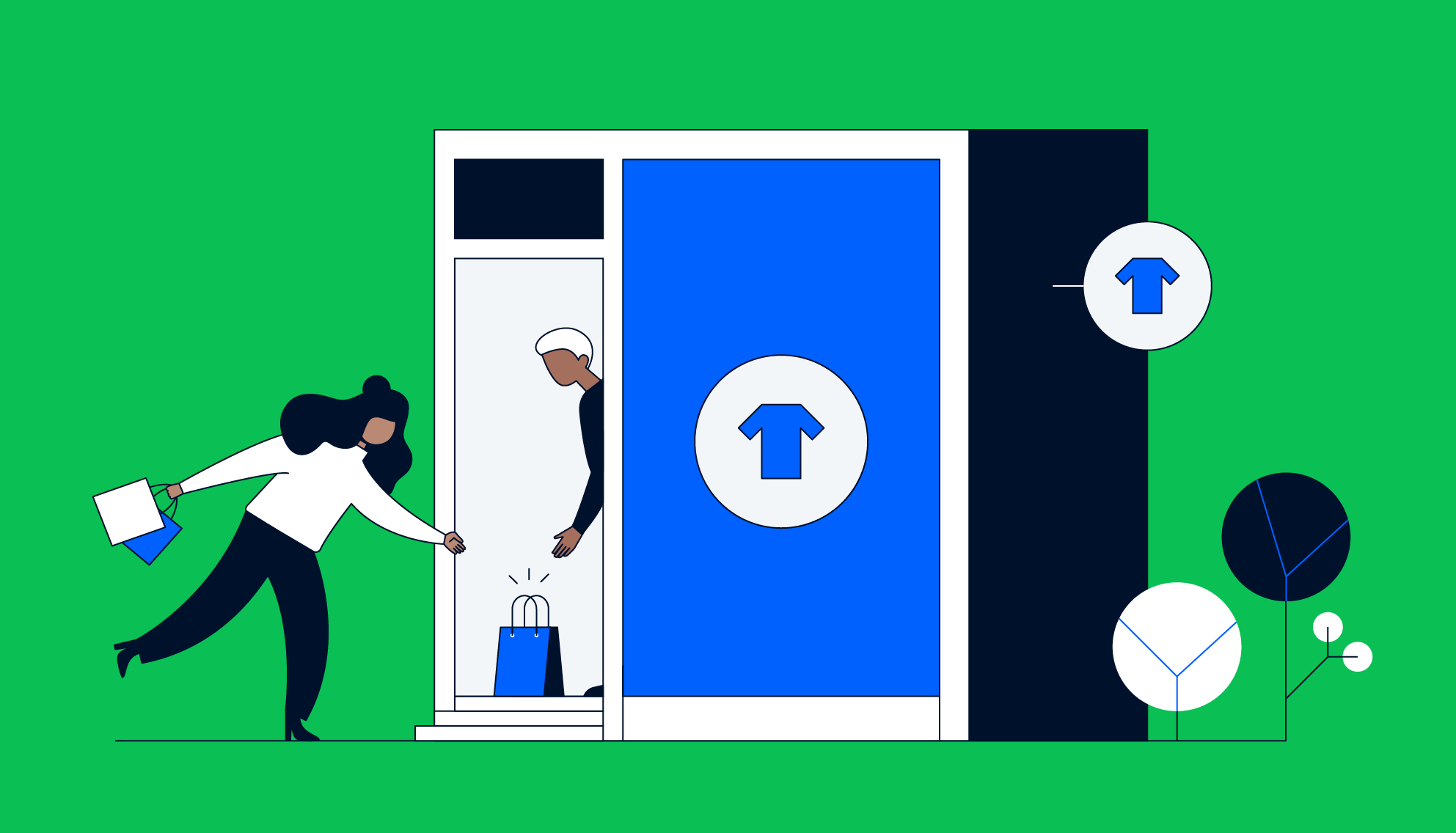Guides and reports
How COVID-19 is shaping the way we shop
Changes in consumer spending habits and how they may shape retail’s future

Author: Amanda Rose McCreight observes global and regional business trends, and builds partnerships that accelerate growth and value for both merchants and shoppers, based on the ever-changing environment. She is a Director of Strategic Payment Partnerships at BigCommerce.
In what feels like the blink of an eye,COVID-19 has disruptedvirtually every element of human existence. From employment to elective surgery, the world seemingly ground to a halt in a matter of weeks.
While manufacturers of things like toilet paper and hand sanitizer saw a spike in business, most other retailers found themselves feeling the changes of an uncertain new world.
The newfound divide into essential and nonessential retailers spurred the start of trends in revenue reduction. Stores permitted to stay open considered themselves among the lucky ones, while those either forced to close or encouraged to close found themselves on the outside looking in.
While there's no real way to know what retail will look like in the weeks or months to come, we can look at consumer spending habits and learn how to adapt to meet consumers’ needs.
COVID-19 is changing consumer spending
Things that were a priority just months ago, like dining out or enjoying a leisurely afternoon at the mall with friends, are now far from critical, while buying things like masks and disinfectant wipes are more important than ever before.
Ecommerce has long been a growing trend in virtually all marketplaces, but COVID-19 has only made this more prevalent. With fewer ways to shop in person, buying online has become an important alternative.
And with people stuck at home looking for ways to occupy their time, online shopping has become a quarantine fan favorite. While some consumers have been shopping for the sake of shopping, others have been loading up on products to occupy time at home or improve their remote work environment.
The numbers speak for themselves. As of mid-April 2020, U.S. retailers' online revenue growth is up 68%, exceeding the previous peak of 49% noted in January. Online sales in general are also spiking, with a bump of 146% across all ecommerce orders placed from this time last year.
COVID-19: Reshaping retail's future
COVID-19 has had an immediate impact across the retail market. Despite the current predicament, it's also important to evaluate where things will go from here. These trends may be driving forces in the future of the retail landscape.
1. Strengthen ecommerce sites
Closures of physical stores have made one thing very clear — now is not the time to cut corners in ecommerce.
Companies that are looking for a way to grow should make sure their online sales process and customer experience is as fast, easy, and efficient as possible. Not only do ecommerce stores need to look great and provide a quality checkout experience, but they also need to optimize their delivery process and work with order fulfillment providers so that shipping and returns are hassle-free.
2. Direct-to-consumer grocery will grow
The fears about shopping in person led to an increase in online grocery shopping, virtuallytripling the industry overnight. Now that the benefits of paying someone else to shop have become abundantly clear, it's likely that many people will keep paying the Instacarts and Shipts of the world to do the legwork for them. While third parties currently reign supreme, stores who want to profit can benefit from launching their in-store shopping or full-service delivery programs.
3. Payments will become contactless
Cash is notoriously filthy. This was true before the pandemic, but it seems even more critical in the current context. Even credit card scanners up the risk of germs, leading many companies to continue to invest incontactless payment infrastructurelike industry leader Adyen.
Apple Pay and credit cards that can be tapped, not swiped, are already used in many retailers. As physical stores and restaurants start to take extreme precautions to minimize potential disease transmission, it's likely this trend will only continue.
4. Checkout-free retail
Amazon is the clear leader in checkout-free retail, but due to concerns about face-to-face human interaction, this trend is predicted to spread over the next several years.Amazon was already in the process of licensing its technologyto other companies prior to COVID-19. Still, as stores take steps to ensure customers' safety, this technology may grow faster than expected.
5. Curbside pickup and home delivery options
Walmart'scurbside pickuphas been a popular and convenient option for several years now, but Coronavirus triggered a spread. While the service was previously grocery only, it has recently expanded to comprise most items sold in the store. As retailers stay flexible in changing times, many competitors will likely take similar steps to keep customers coming back.

6. Expansion into automation
Automation has been creeping into retail for some time now, long before the pandemic. COVID-19 aside,automation is expected to be the future of the industry, and the pandemic is probably going to accelerate this trend. With cost-saving options and a reduction in human labor, there's no stopping the spread of automation.
A lasting effect
COVID-19 has been devastating in many ways, causing massive loss of life and the collapse of many economic markets. Retail, in particular, has been dramatically affected, leading to store closures, job losses, and bankruptcies. As the world begins to reemerge after months of slumber, change is inevitable. Although the future remains a question mark in several respects, the pandemic is almost certain to have a lasting effect on retail space.
If you’d like more information or further reading to guide you through this time, our COVID-19 page is a good place to start.
COVID-19 information